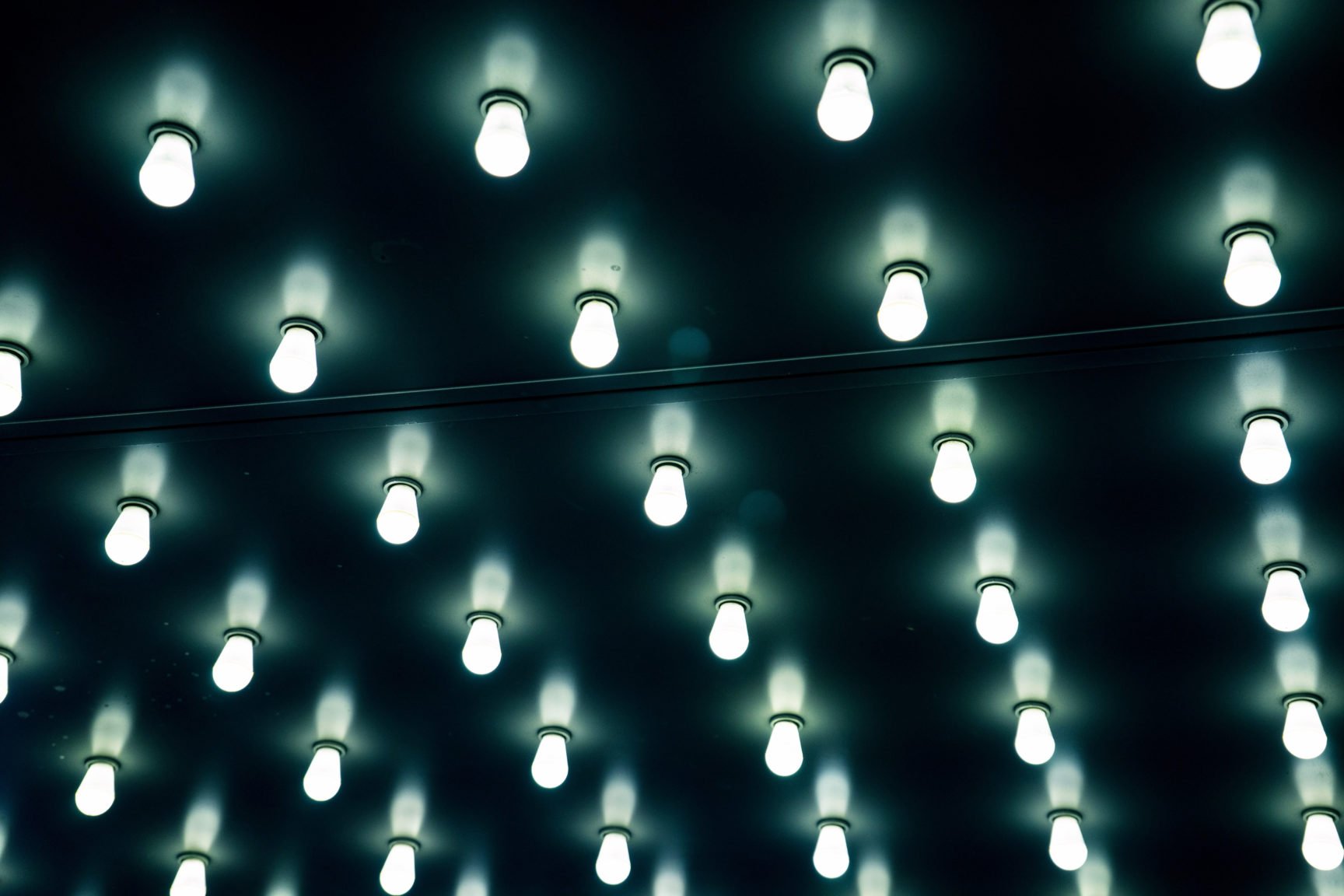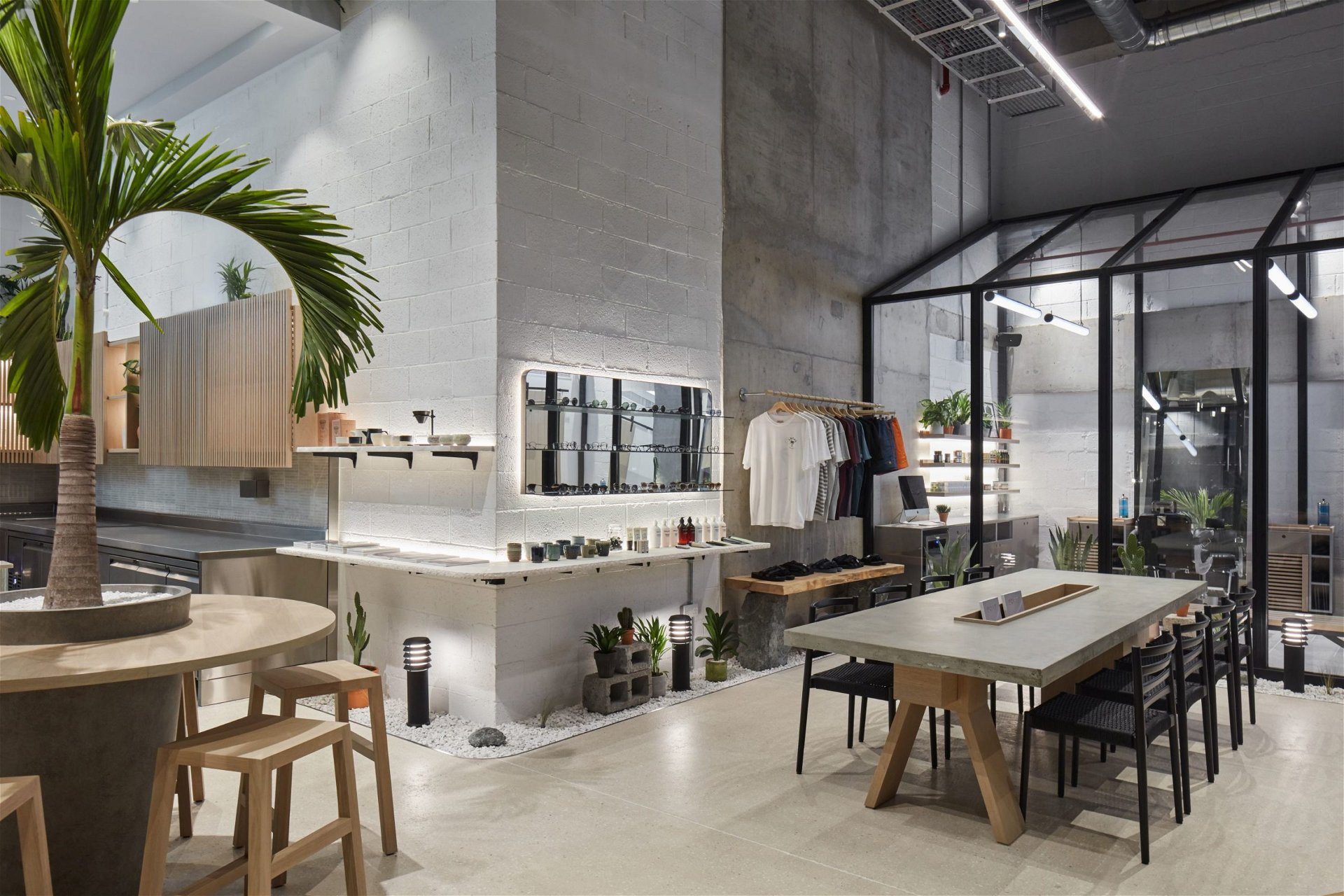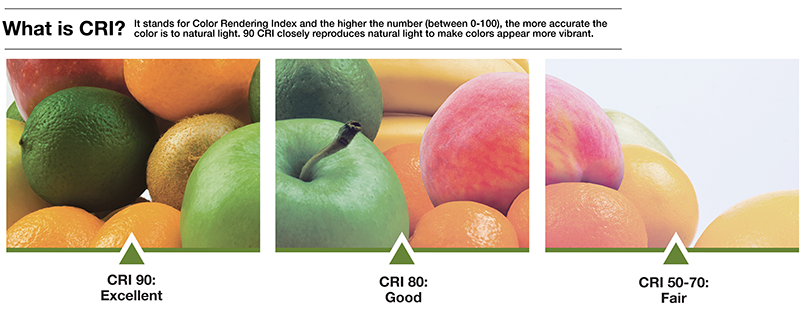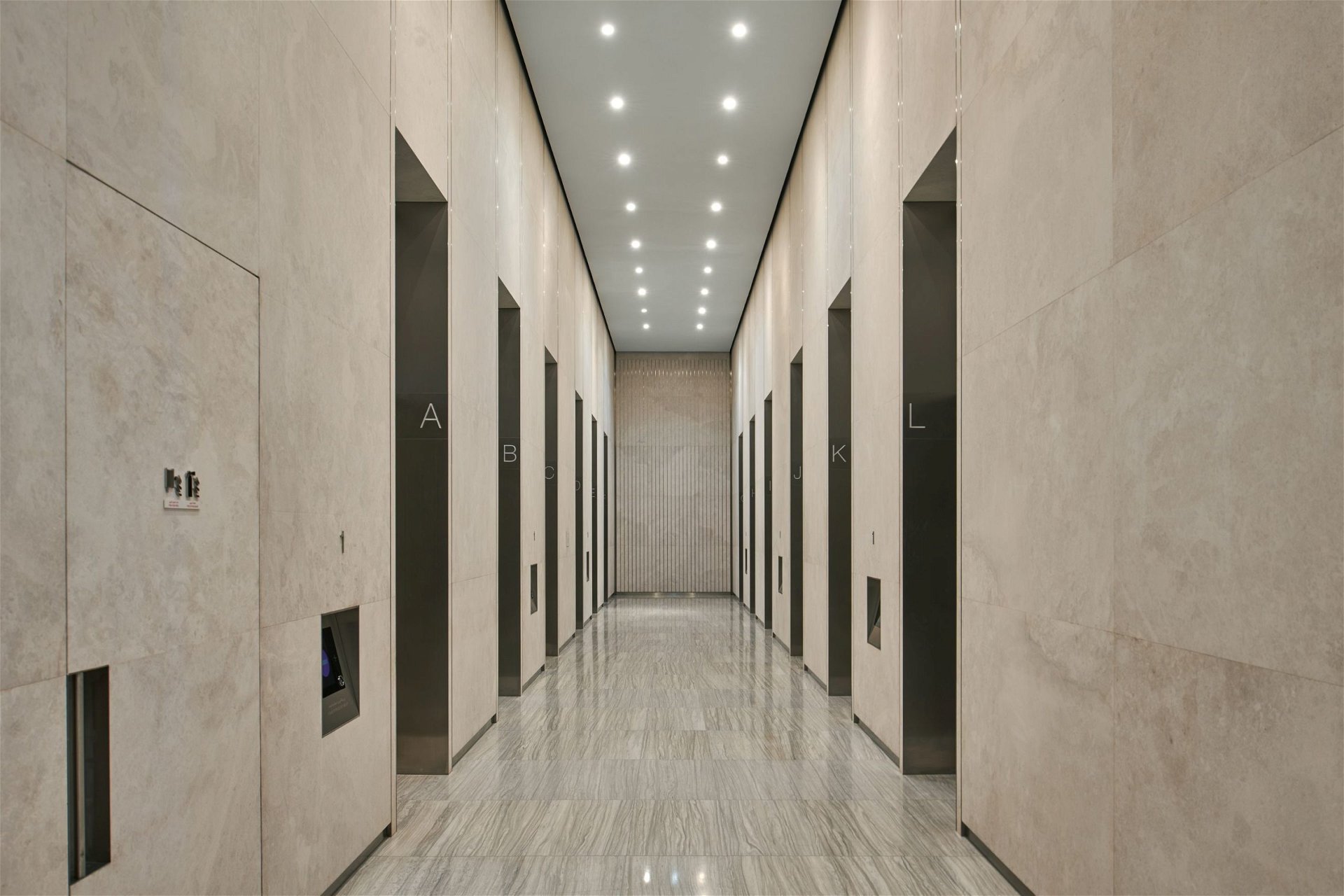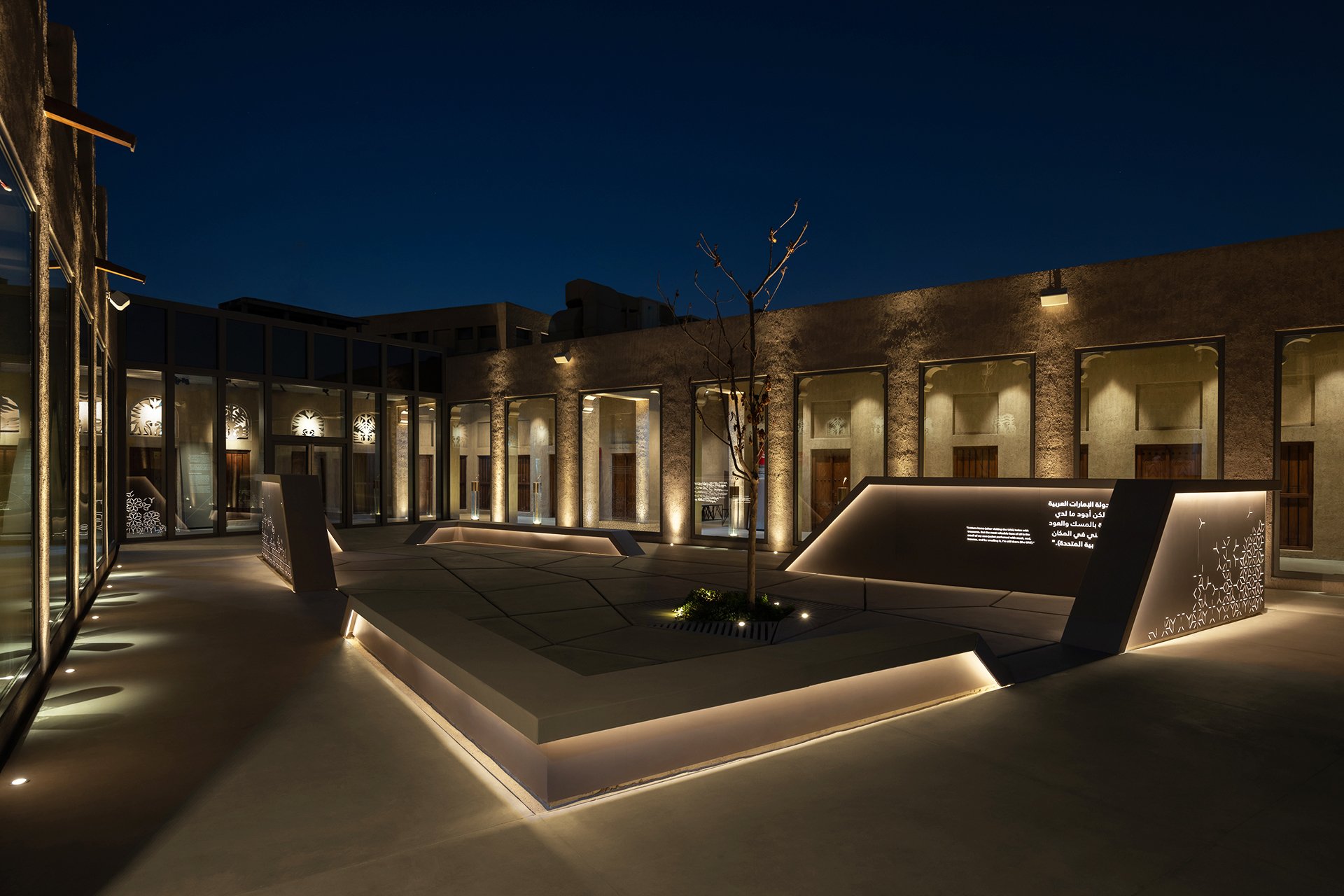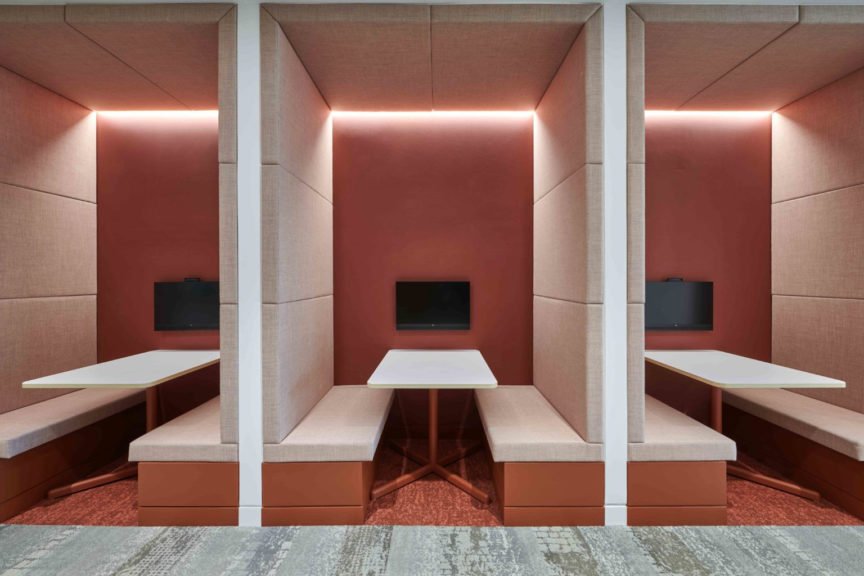When it comes to designing spaces, Interior Design is the pilot discipline that combines functionality with aesthetics. As multifaceted as the scope of the field is, lighting stands out as the most crucial aspect. Having a profound impact on overall ambiance, functionality, and perception of materials, makes lighting a fundamental consideration in any interior design project.
LED lighting has emerged as the dominant choice in the market, primarily due to its energy efficiency, extended lifespan, and minimal heat emission. It has outperformed other lighting technologies by a wide margin. These consume up to 90% less energy compared to incandescent bulbs, boast a lifespan of up to 40 times longer, and deliver high-quality illumination.
While there are numerous factors to understand and select LED lights, CCT (Correlated Colour Temperature) and CRI (Colour Rendering Index) are two of the most important characteristics used to describe the colour properties of light sources. They help one understand the quality and appearance of light emitted by a source and are essential when selecting lighting for various applications.
Understanding CCT and CRI
CRI is a quantitative measure of how accurately a light source renders the colours of other objects and surfaces compared to a reference source–usually daylight. The values range from 0 to 100, with higher values indicating better colour rendering. A CRI of 100 indicates perfect colour rendering, meaning the colours of objects will appear as they would under natural daylight. Generally, a CRI above 80 is considered good for most applications, while a CRI above 90 is excellent and is often preferred for tasks requiring accurate colour discrimination, such as art galleries, retail stores, fashion, and design-focal spaces. High CRI in lighting also plays a significant role in safety since it results in increased visibility. Additionally, it provides more visual comfort, reducing the likelihood of eye fatigue and discomfort, particularly during tasks that demand focus.
Full disclosure: A few experts view CRI as a flawed measurement system. This because the light spectrum of a lamp is analyzed into eight different colors and no more. Other newer systems like the Fidelity Index (TM-30) uses 99 colour samples. Even the Gamut Index (TM-30) integrates markings of how saturated or desaturated colors are. Nonetheless, CRI is still the most used metric.
Typically expressed in Kelvin (K), CCT measures the colour appearance of the light emitted by a source. The lower Kelvin values–from 2700K, define the warmth of the light, resembling incandescent bulbs, while the higher Kelvin values–ranging from 5000K to 6500K, designate the coolness of the light, resembling bluish light.
Choosing the ideal CCT for a project
As a consumer, it can be difficult to know which efficient lighting solutions are appropriate for your project. There are a lot of ways to measure high-quality lighting (or low-quality, for that matter), but there are some considerations that should help one make better decisions on the choice of lighting with respect to the CCT of the source.
1. Purpose of the Space: The function of the space plays a significant role in choosing the CCT. Warmer (lower CCT) lighting is often preferred for cozy and intimate settings like bedrooms or restaurants, while cooler (higher CCT) lighting is suitable for task-oriented areas like kitchens or offices.
2. Atmosphere and Aesthetics: Consider the desired mood and aesthetics of the space. Warmer light can create a more inviting and comfortable ambiance, while cooler light can convey a more modern and energising atmosphere.
3. Colour of Surfaces: The colours of walls, floors, and objects in the room can be affected by the CCT of the lighting. Cooler light may make vibrant colours appear more vivid, while warmer light can enhance warm and earthy tones.
4.Time of Day and Functionality of the Space: Think about the time of day the space will be used. Cooler light can mimic daylight, which can be beneficial during daytime hours, while warmer light may be preferred in the evening.
5. Personal Preferences: Ultimately, personal preferences play a significant role. It’s essential to balance the functional requirements with your or your client’s aesthetic preferences.
The CCT of lighting plays a pivotal role in shaping the atmosphere and functionality of a space. It’s the magic ingredient that can transform a room from warm and cosy to cool and invigorating, or anywhere in between. The careful selection of CCT is not just about aesthetics but also about creating an environment that enhances productivity, relaxation, or any other desired experience.
The concept of ‘Colour-Tuning’, where a LEDs can be controlled to change the CCT it emits and its intensity has become increasingly popular. Employing such products in a design can ensure setting the ambience of a space and making it appealing to the eyes. But, the connotation colour-tuning adheres to the human circadian systems would not be accurate per se.
In conclusion, striking a balance between CCT and CRI in lighting design is essential to achieve the desired lighting quality and aesthetics for a given space. Depending on the application and desired outcome, selecting the right combination is critical to achieving the intended lighting effect and meeting the specific needs of the space or task. The balance is also important for supporting the human body’s circadian rhythm. Daylight-mimicking lighting with a suitable CCT can help regulate sleep patterns and promote well-being, especially in spaces where people spend significant time indoors, such as healthcare facilities or offices. Whether it’s a serene home retreat, a vibrant office, or an inviting retail store, appropriate lighting can set the stage for a visually pleasing and emotionally satisfying space.

